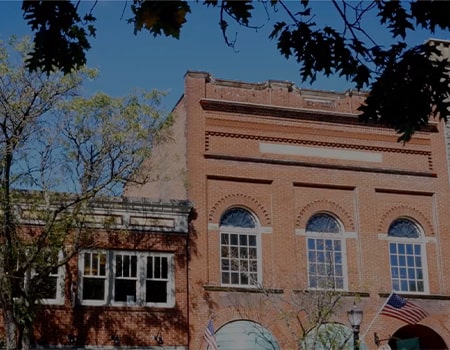Masonry Repair vs. Masonry Restoration: What’s the Difference?
Masonry upkeep can involve both repair or restoration. It’s important to know the difference and understand what each method entails before hiring a professional.
Repair
Because masonry is prone to cracking and chipping, repairs become necessary over time. More common than restoration, repair involves taking damaged sections and replacing them with new bricks, stones, etc. Caulking is often a solution to cracks in walls and driveways. For large cracks, sand-patching or concrete filling may be necessary. These repairs can be simple or tedious depending on the piece and how detailed it is.

Restoration
When hired professionals restore masonry, they ensure that the new pieces are period-appropriate. For example, a Victorian-era house would require Victorian-style bricks. This process starts with removing the old masonry and replacing it with new mortar, which is commonly referred to as repointing. From there, workers will refinish the mortar or other covering and clean it as needed. The new surface is then sealed to promote longevity. Masonry restoration is more involved, takes longer, and is more costly, but results in a beautiful effect.
No matter the project, it’s important to make sure that these special structures are cared for appropriately. Understanding the difference between repair and restoration ensures that the masonry receives the correct treatment and looks good for years to come.
